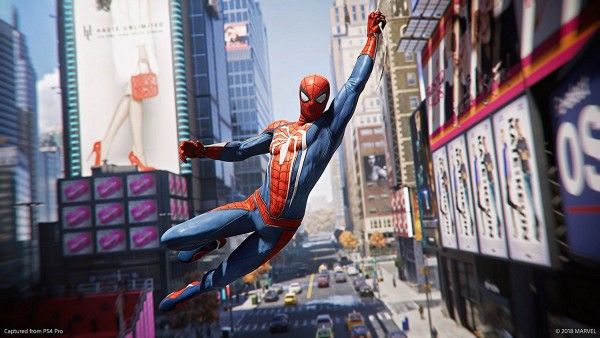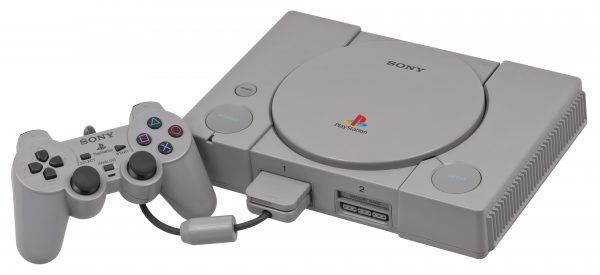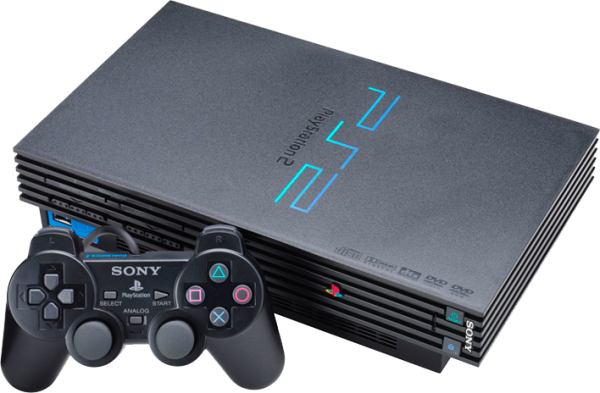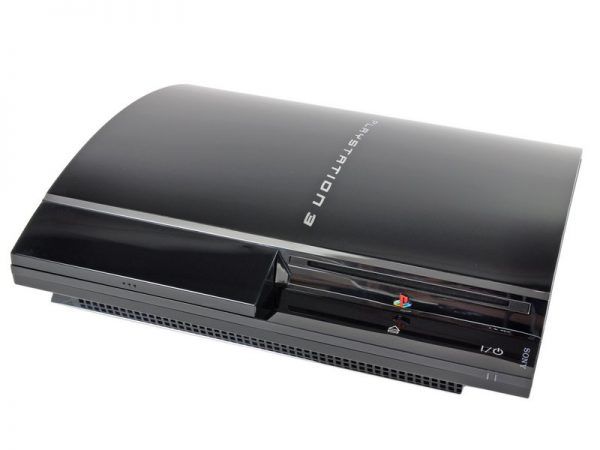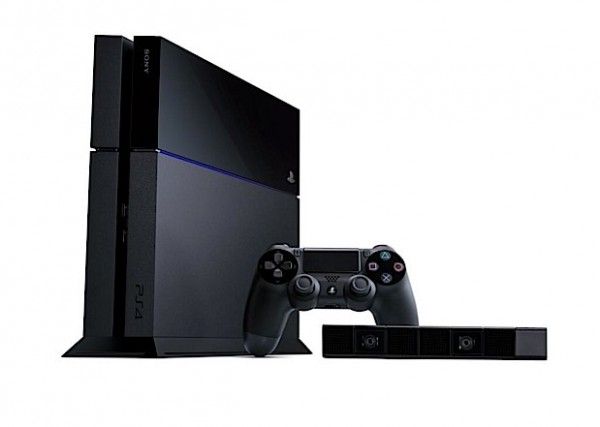Every seven years, Sony releases a new PlayStation console. In 2006, they released the PlayStation 3. In 2013, they released the PlayStation 4. And in 2020, they will release the (unofficially named) PlayStation 5. Wired has the first details on the upcoming console, and, unsurprisingly, it will be a bit of a powerhouse:
PlayStation’s next-generation console ticks all those boxes, starting with an AMD chip at the heart of the device. (Warning: some alphabet soup follows.) The CPU is based on the third generation of AMD’s Ryzen line and contains eight cores of the company’s new 7nm Zen 2 microarchitecture. The GPU, a custom variant of Radeon’s Navi family, will support ray tracing, a technique that models the travel of light to simulate complex interactions in 3D environments. While ray tracing is a staple of Hollywood visual effects and is beginning to worm its way into high-end processors and Nvidia's recently announced RTX line, no game console has been able to manage it. Yet.
The console will also radically develop how video games do sound design and not just focus on next-level graphics, but next-level audio:
The AMD chip also includes a custom unit for 3D audio that [lead system architect Mark Cerny] thinks will redefine what sound can do in a videogame. “As a gamer,” he says, “it's been a little bit of a frustration that audio did not change too much between PlayStation 3 and PlayStation 4. With the next console the dream is to show how dramatically different the audio experience can be when we apply significant amounts of hardware horsepower to it.”
Another neat piece of tech will be a solid-state drive, but a specially built one to handle the demands of video games. Here’s a cool anecdote of how it will function:
To demonstrate, Cerny fires up a PS4 Pro playing Spider-Man, a 2018 PS4 exclusive that he worked on alongside Insomniac Games. (He’s not just an systems architect; Cerny created arcade classic Marble Madness when he was all of 19 and was heavily involved with PlayStation and PS2 franchises like Crash Bandicoot, Spyro the Dragon, and Ratchet and Clank.) On the TV, Spidey stands in a small plaza. Cerny presses a button on the controller, initiating a fast-travel interstitial screen. When Spidey reappears in a totally different spot in Manhattan, 15 seconds have elapsed. Then Cerny does the same thing on a next-gen devkit connected to a different TV. (The devkit, an early “low-speed” version, is concealed in a big silver tower, with no visible componentry.) What took 15 seconds now takes less than one: 0.8 seconds, to be exact.
The new console will also be capable of 8K, although since so few TVs are 8K, the demonstrations were done on 4K TVs.
Although things like pricing, games, and online features are still a ways off from being revealed, there are some other neat details in Wired’s report. The system will still accept physical media, and “Because it’s based in part on the PS4’s architecture, it will also be backward-compatible with games for that console.”
That’s an impressive package, and it will be interesting to see when and how Microsoft meets that challenge with its next generation console (Nintendo will always be off doing its own thing and being Nintendo). For the time being, it’s certainly a promising start (I’m all for backwards compatibility), and I’m eager to see what Sony reveals in the leadup to the console’s release.


